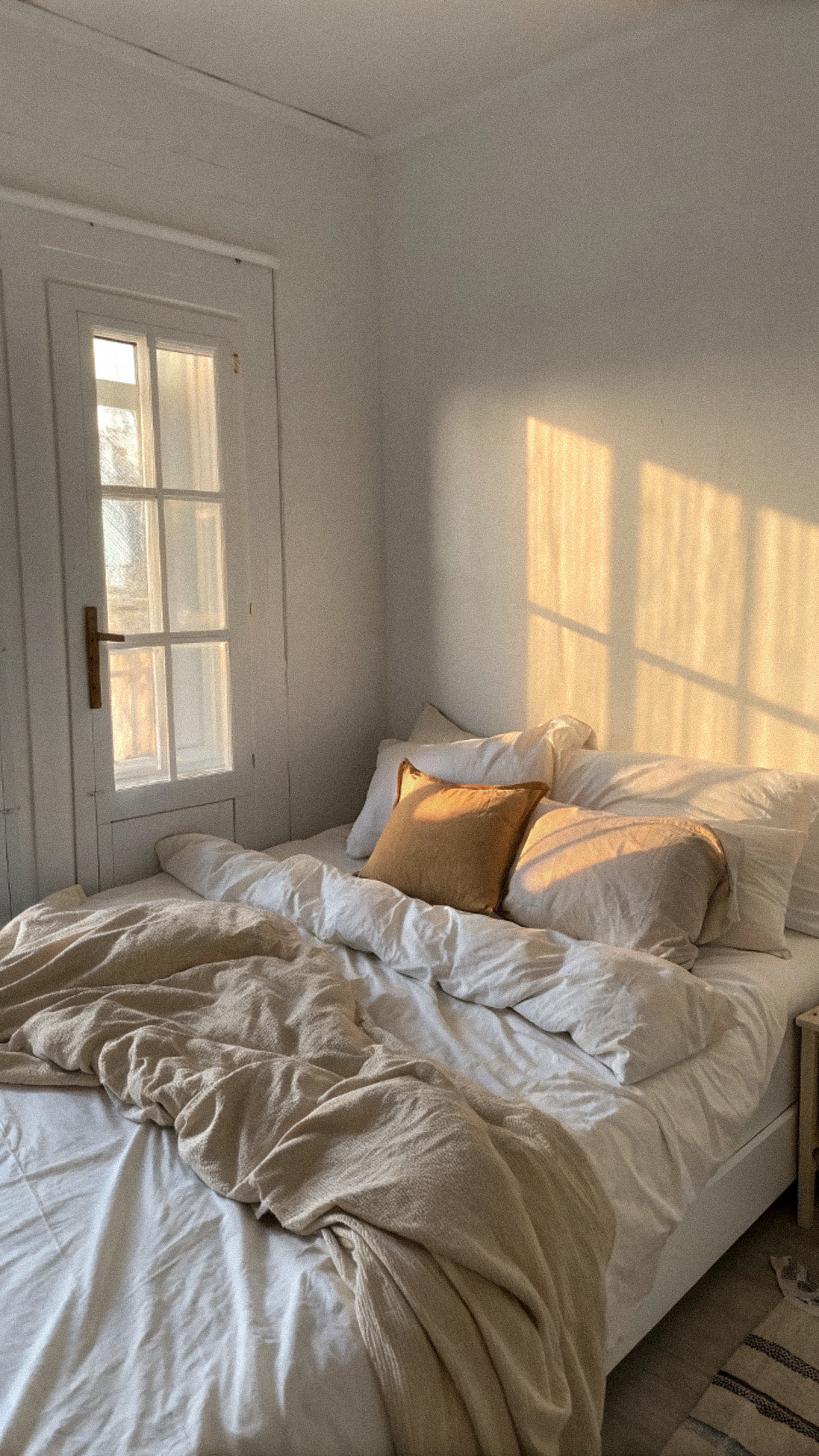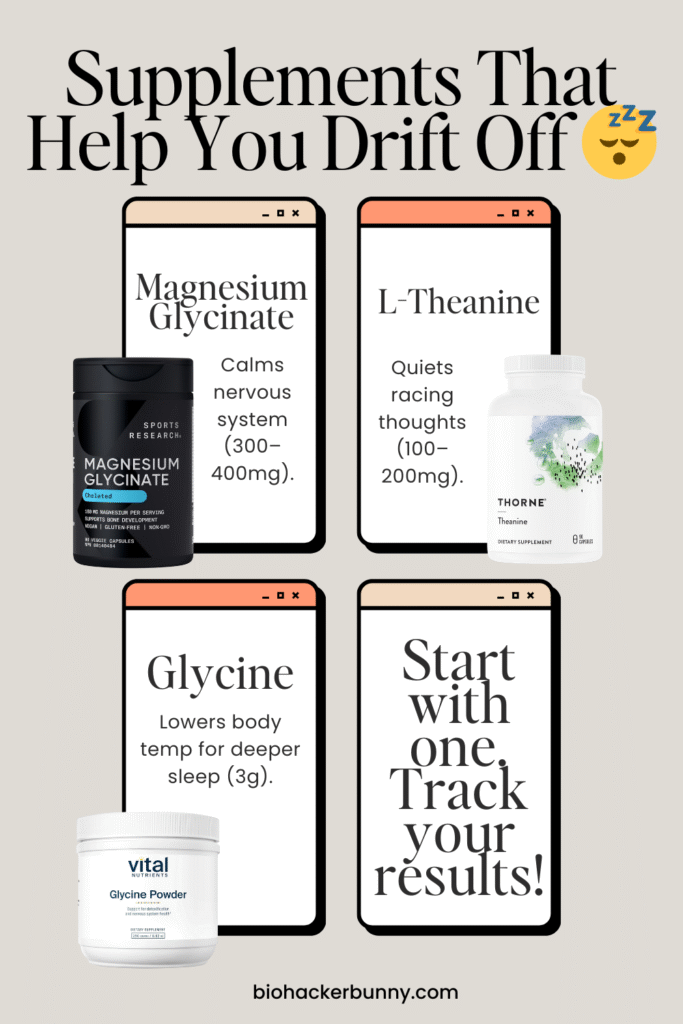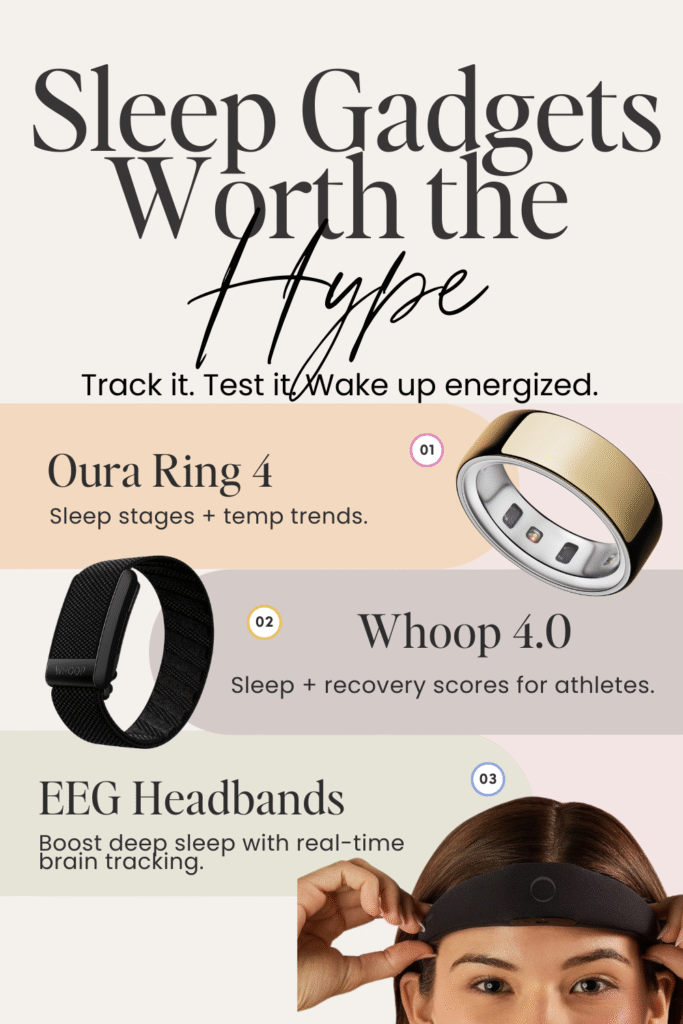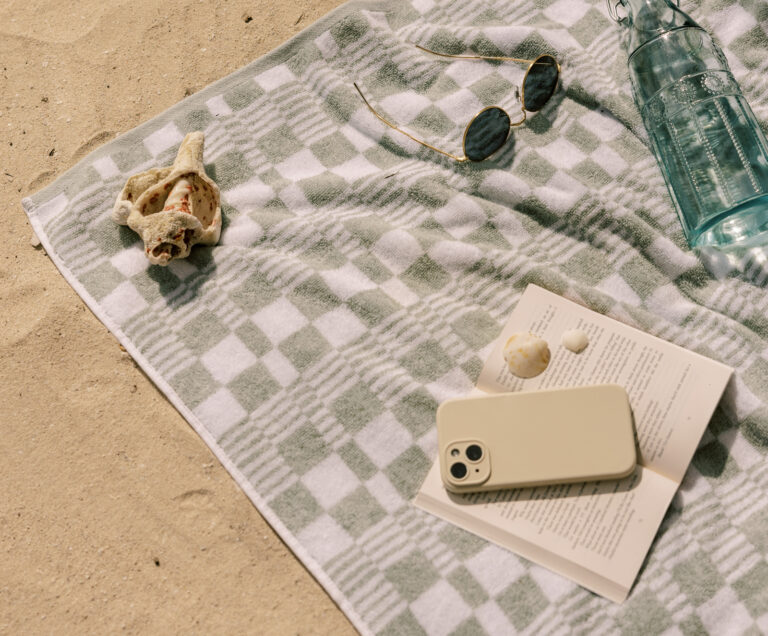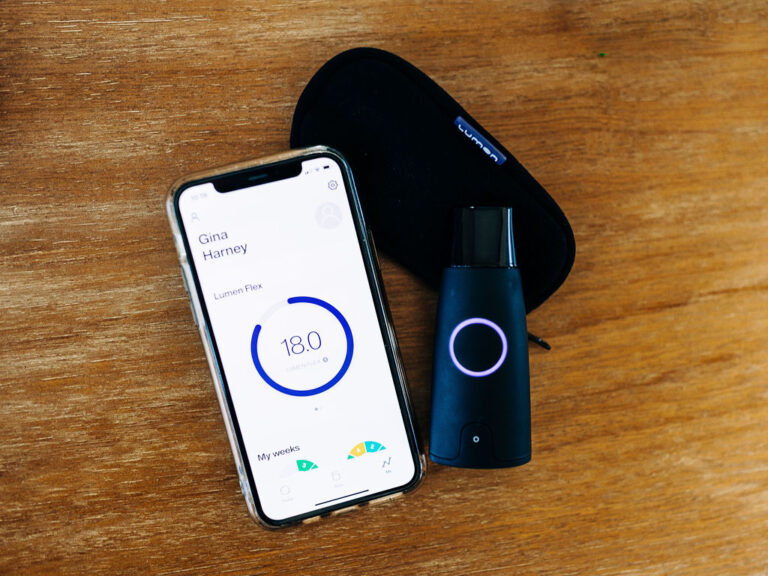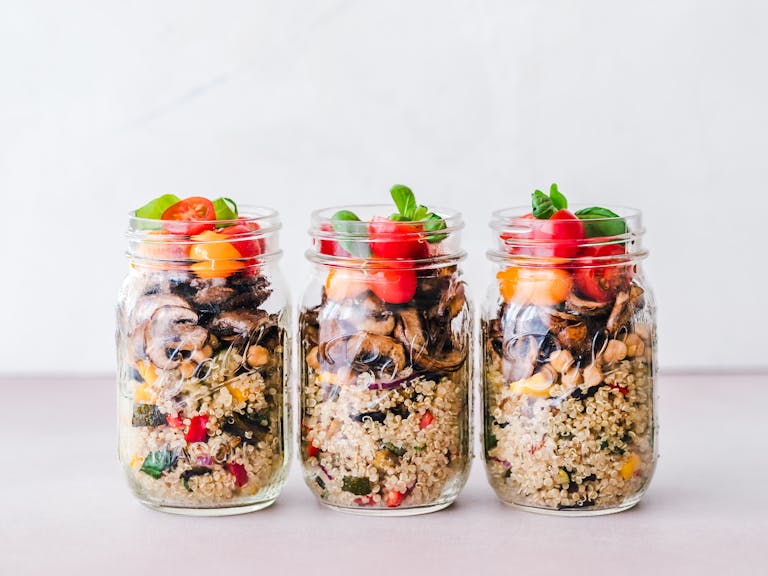Okay bestie, let’s talk about why you’re still doom-scrolling at 2 AM when you know you have that 8 AM meeting tomorrow. We’ve all been there – feeling absolutely exhausted but somehow still wired, trapped in the endless cycle of “just one more TikTok” while our brain refuses to shut off.
Here’s my confession: I used to think 5 hours of sleep plus three cups of coffee equaled a productivity hack. Spoiler alert – it absolutely does not. What I discovered after diving deep into the research (and honestly, after one too many afternoons where I nearly fell asleep in important meetings) is that actual sleep optimization is the real glow-up we’ve all been missing.
I’m not talking about spending $500 on some fancy gadget or turning your bedroom into a NASA sleep lab. This is about evidence-based techniques that actually work, tested by someone who’s tried it all so you don’t have to. Ready to finally crack the code on quality sleep? Let’s dive in.
Why Your Brain Needs Its Beauty Sleep (Literally)
Before we get into the good stuff, let’s quickly break down what’s actually happening when you sleep – because understanding the why makes the how so much more effective.
Your sleep happens in cycles, and each stage serves a different purpose. Light sleep is that “almost awake” phase we’ve all experienced when every little sound feels like it’s happening right in your ear. Then there’s deep sleep, which is when your brain literally takes out the trash – we’re talking cellular repair, toxin removal, and all that good maintenance work your body can’t do while you’re conscious and demanding things like “focus” and “coordination.”
Finally, there’s REM sleep, where the real magic happens. This is when your brain consolidates memories, processes emotions, and yes, gives you those weird dreams about your high school math teacher.
Here’s where sleep optimization comes in. The traditional approach has always been “just get 8 hours,” but that’s like saying “just eat food” when someone asks about nutrition. Quality trumps quantity every single time, and your personal sleep architecture is as unique as your skincare routine should be. Some people are natural short sleepers who genuinely function best on 6-7 hours, while others need a solid 9 to feel human.
Start Here: The Non-Negotiables That Actually Move the Needle
Let’s talk about the foundation – the stuff that doesn’t require any special purchases but will make the biggest difference in your sleep optimization journey.
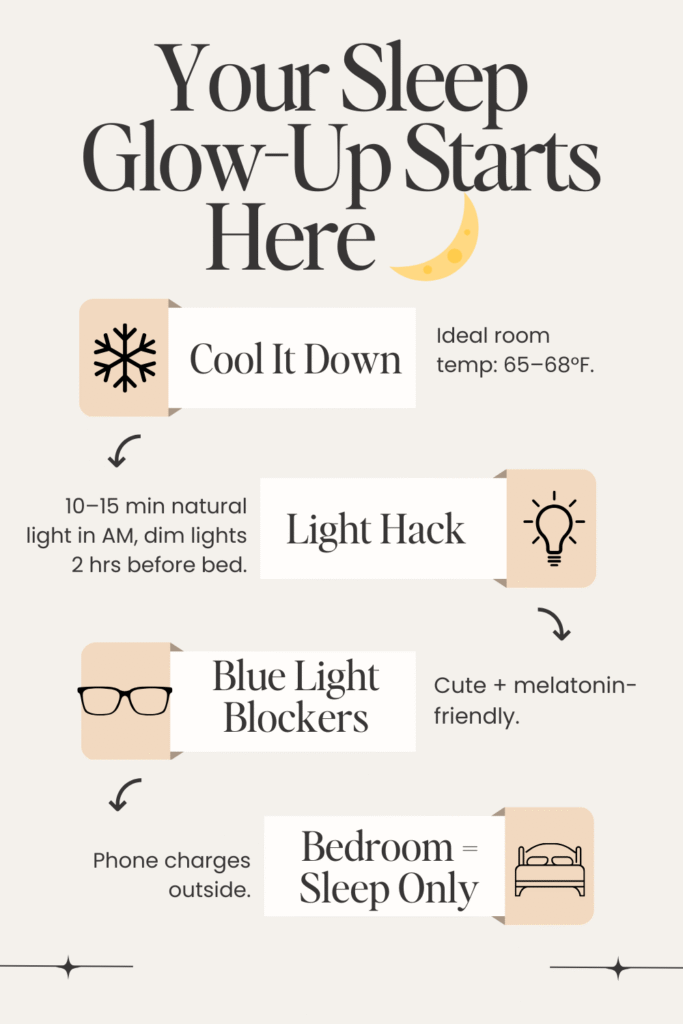
Temperature is everything. Your body temperature naturally drops when it’s time to sleep, so working with this biological process instead of against it is crucial. The sweet spot is 65-68°F, and this isn’t just preference – it’s science-backed. If you’re a hot sleeper (hello, it’s me), investing in cooling sheets or a lightweight weighted blanket can be game-changing. Even a simple fan pointed away from you can make a huge difference.
Light exposure hacking is probably the most underrated aspect of sleep optimization. Your circadian rhythm is basically your internal clock, and it’s heavily influenced by light. Within the first hour of waking up, try to get 10-15 minutes of natural light – even if it’s cloudy, even if you’re just sitting by a window with your coffee. In the evening, start dimming lights about 2 hours before you want to be asleep. I know, I know – ambient lighting isn’t always Instagram-worthy, but your sleep quality will thank you.
Blue light blockers get a lot of hate for looking nerdy, but honestly? Find cute ones and own it. The research on blue light disrupting melatonin production is solid, and if wearing slightly orange-tinted glasses for a couple hours means better sleep, I’m here for it.
Now, let’s talk about your sleep sanctuary setup. Blackout curtains versus sleep masks is an ongoing debate in the sleep optimization world. Curtains are more comprehensive but masks are travel-friendly – honestly, why not both? White noise versus earplugs is another personal preference thing, but consistency is key. Your brain learns to associate certain sounds (or lack thereof) with sleep time.
Here’s the controversial one: your phone needs to charge outside your bedroom. I can practically hear the protests, but hear me out. That little blue light blinking from notifications, the temptation to “just check one thing,” the electromagnetic fields – it all adds up to disrupted sleep. Get an actual alarm clock if you need to.
The timing hack that changed everything for me is the 10-3-2-1 rule: no more caffeine 10 hours before bed, no more food 3 hours before, no more work 2 hours before, and no more screens 1 hour before. You don’t have to be perfect with this, but even getting close makes a noticeable difference.
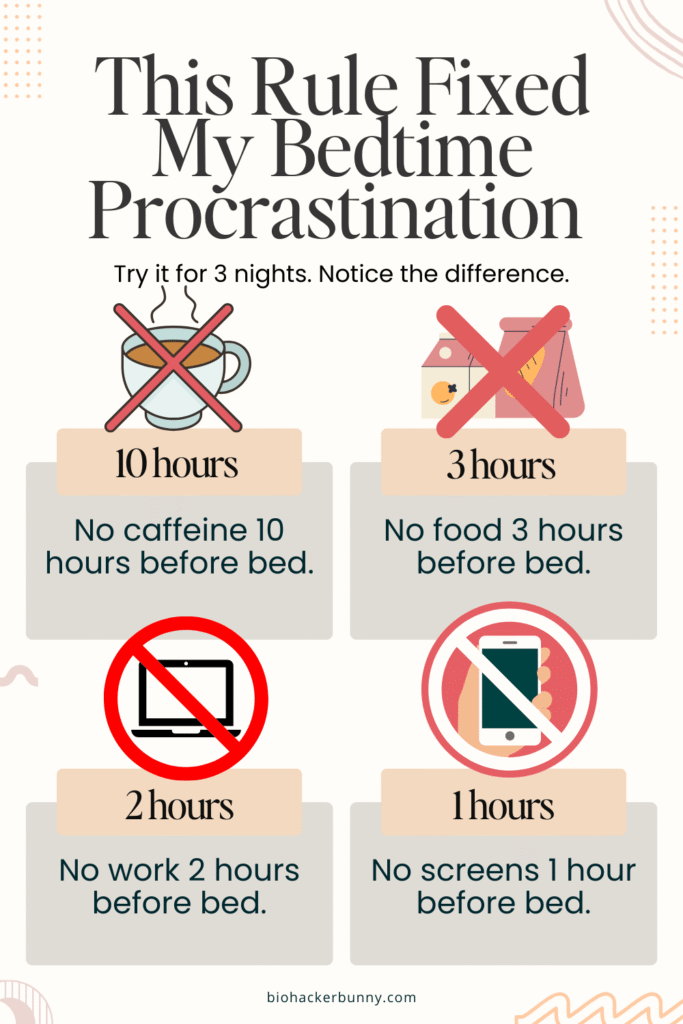
The Strategic Additions (When Melatonin Isn’t Cutting It)
Let’s talk supplements, but let’s do it smart. The supplement industry loves to overcomplicate sleep optimization with expensive proprietary blends and outrageous claims. Here’s what actually works, backed by research and real-world testing.
Magnesium Glycinate is the gentle giant of sleep supplements. Unlike other forms of magnesium that might give you digestive issues, glycinate is well-absorbed and specifically calming. The sweet spot for most people is 300-400mg about an hour before bed. This isn’t a knockout supplement – it’s more like it helps your nervous system chill out enough to let natural sleep happen.
L-Theanine is perfect for those of us with anxious minds that won’t stop racing at bedtime. It’s the same compound that makes green tea relaxing despite the caffeine. Taking 100-200mg about 30 minutes before bed can help quiet mental chatter without making you groggy the next day.
The underrated star is Glycine, an amino acid that actually helps lower your core body temperature (remember how important that is?). Three grams about an hour before bed can improve sleep quality significantly. It’s flavorless, so you can mix it into water or herbal tea.
Here’s the thing about supplement timing and stacking: start with one at a time. Don’t go full supplement girlie on day one and take everything at once. Give each one at least a week to see how your body responds, then you can consider combining them if needed.
Quality matters enormously with supplements. Third-party tested brands only – this isn’t the place to bargain hunt. Look for certificates of analysis and avoid anything that makes wild claims about “instant deep sleep” or similar nonsense.
When You’re Ready to Get Fancy (The Gadget Guide)
Okay, now we’re getting into the fun tech-forward stuff. If you’re ready to invest in your sleep optimization journey and love data, this section is for you.
Sleep tracking wearables have come so far in the past few years. The Oura Ring 4 is my personal favorite because it’s subtle, comfortable for sleeping, and provides incredibly detailed insights about your sleep stages, heart rate variability, and body temperature trends. It’s not cheap, but if you’re serious about understanding your personal sleep patterns, it’s worth the investment.
The Whoop 4.0 is better if you’re also into fitness tracking and want to see how your sleep affects your recovery and performance the next day. It’s more obvious to wear but incredibly accurate.
For budget-conscious options, many smartwatches now have decent sleep tracking capabilities, and apps like Sleep Cycle can provide valuable insights using just your phone’s sensors.
Heart Rate Variability (HRV) tracking is where sleep optimization gets really personalized. HRV essentially measures how well your nervous system is recovering, and it can tell you when you need to prioritize sleep versus when you can push a little harder. It’s like having a daily readout of how your body is handling stress.
The newest trend that’s actually backed by solid research is EEG-based sleep enhancement. Devices like the Elemind headband use real-time brainwave monitoring to deliver precisely timed audio or electrical stimulation that can help you fall asleep faster and spend more time in deep sleep. It sounds very sci-fi, but the technology is becoming more accessible and the results are impressive.
AI-driven personalization is also making sleep apps way more effective. Instead of generic advice, these apps learn your patterns and provide customized recommendations based on your unique sleep data, lifestyle factors, and even things like weather and moon phases.
Making It Stick (Without Becoming That Person)
Here’s the reality check: perfect sleep optimization isn’t about following every single technique perfectly every single night. It’s about finding what works for your life and being consistent with it about 80% of the time.
Travel used to completely derail my sleep routine until I developed a portable version of my sleep optimization protocol. I pack a sleep mask, earplugs, magnesium supplements, and use a sleep app for familiar sounds. I can’t control hotel room temperature or blackout curtains, but I can control my wind-down routine and supplement timing.
You can absolutely still have weekend plans and maintain good sleep habits. It’s about being strategic – if you know you’re going to be out late on Saturday, maybe prioritize sleep on Friday and Sunday. Your social life doesn’t have to suffer for your sleep optimization goals.
Sunday scaries and sleep anxiety are real, and they can undo all your good sleep hygiene. If your mind races with next-week worries, try a brain dump before bed – literally write down everything you’re thinking about for five minutes, then close the notebook. It’s like telling your brain you’ve got it handled.
For those dealing with irregular schedules or shift work, sleep optimization looks different but it’s still possible. Focus on consistency in your wind-down routine rather than timing, and use light exposure strategically to help reset your circadian rhythm when needed.
Hormone fluctuations throughout your menstrual cycle absolutely affect sleep, and it’s not all in your head. During certain phases, you might need an extra 30 minutes of wind-down time or a slightly cooler room temperature. Track these patterns so you can adjust accordingly rather than fighting against your biology.
Your Sleep Glow-Up Starts Tonight
The beautiful thing about sleep optimization is that it’s completely personalized – what works for your favorite wellness influencer might not work for you, and that’s totally normal. You don’t need to become a biohacking expert overnight or invest in every gadget on the market to see real improvements in your sleep quality.
Start small. Pick one technique from this guide that resonates with you and commit to trying it for a week. Maybe it’s the temperature adjustment, maybe it’s the magnesium supplement, or maybe it’s finally charging your phone outside the bedroom. Small, consistent changes compound into big improvements over time.
Sleep optimization is an ongoing journey, not a destination. Your needs will change with different life phases, stress levels, and circumstances, and that’s part of the process. The goal isn’t perfection – it’s progress toward feeling more rested, energized, and ready to tackle whatever life throws at you.
Sweet dreams, bestie. You’ve got this! 💤
DISCLAIMER: Some links on this site are affiliate links, which means we might earn a small commission if you shop through them (no extra cost to you—think of it as buying us a matcha 🍵 for the research).
While some of us are doctors, we’re not your doctors. The info on this site is meant to educate and empower, not diagnose or treat. Always chat with your own healthcare provider before starting new meds, peptides, supplements, or that intense cold plunge-fasting-stack we’re raving about. You do you—but do it safely. 💪

